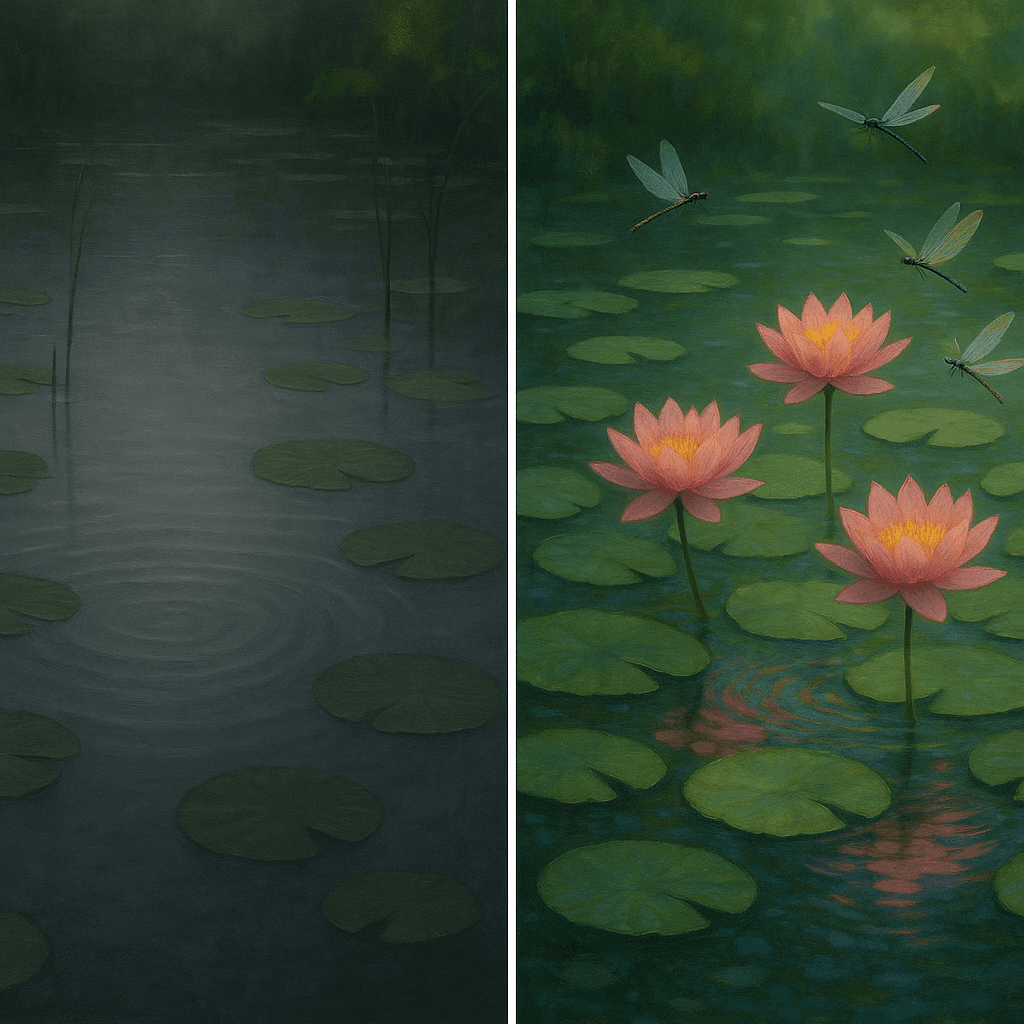Stillness as the Foundation for Creative Nourishment

To nourish creativity, one must cultivate stillness. — Thich Nhat Hanh
The Power of Inner Quiet
At its core, Thich Nhat Hanh’s insight posits that creativity does not spring from chaos, but from moments of profound stillness. This serenity, rather than being a void, becomes fertile soil wherein original ideas take root. In contrast to the relentless pace of modern life, cultivating inner quiet provides the mental space necessary for inspiration to emerge, echoing the Buddhist emphasis on mindfulness as a source of insight.
Historical Roots of Stillness and Creativity
Throughout history, thinkers and artists have recognized the interplay between solitude and invention. For example, Leonardo da Vinci withdrew from courtly turmoil to sketch inventions in quietude, while Henry David Thoreau’s solitary retreat at Walden Pond fueled literary innovation. Thus, as Thich Nhat Hanh suggests, deliberate disengagement from noise often precedes creative epiphanies—a pattern woven through the fabric of artistic achievement.
Mindfulness as a Creative Catalyst
Moving further, modern psychology supports the idea that mindfulness practices enhance creative thinking. Research published in *Frontiers in Psychology* (Colzato et al., 2012) found that meditation participants generated more novel ideas than non-meditators. These findings underscore Thich Nhat Hanh’s wisdom: deliberate stillness helps quiet internal chatter, making room for new perspectives and imaginative leaps.
Balancing Action and Reflection
Nevertheless, it is not enough to merely pause; one must intentionally cultivate reflective moments within the flow of daily activity. As creative minds like Maya Angelou kept ritualistic writing spaces free from distractions, so too can anyone reap the rewards of conscious stillness. By alternating between purposeful activity and restful contemplation, individuals foster a rhythm that sustains ongoing innovation.
Stillness in a Distracted World
Finally, in an age of constant connectivity, practices of stillness become all the more vital. Techniques such as mindful breathing or silent walks, championed by Thich Nhat Hanh, offer accessible antidotes to digital overload. Embracing these moments of quiet not only rekindles creative energy but also nurtures the clarity and presence essential for original thought to flourish.